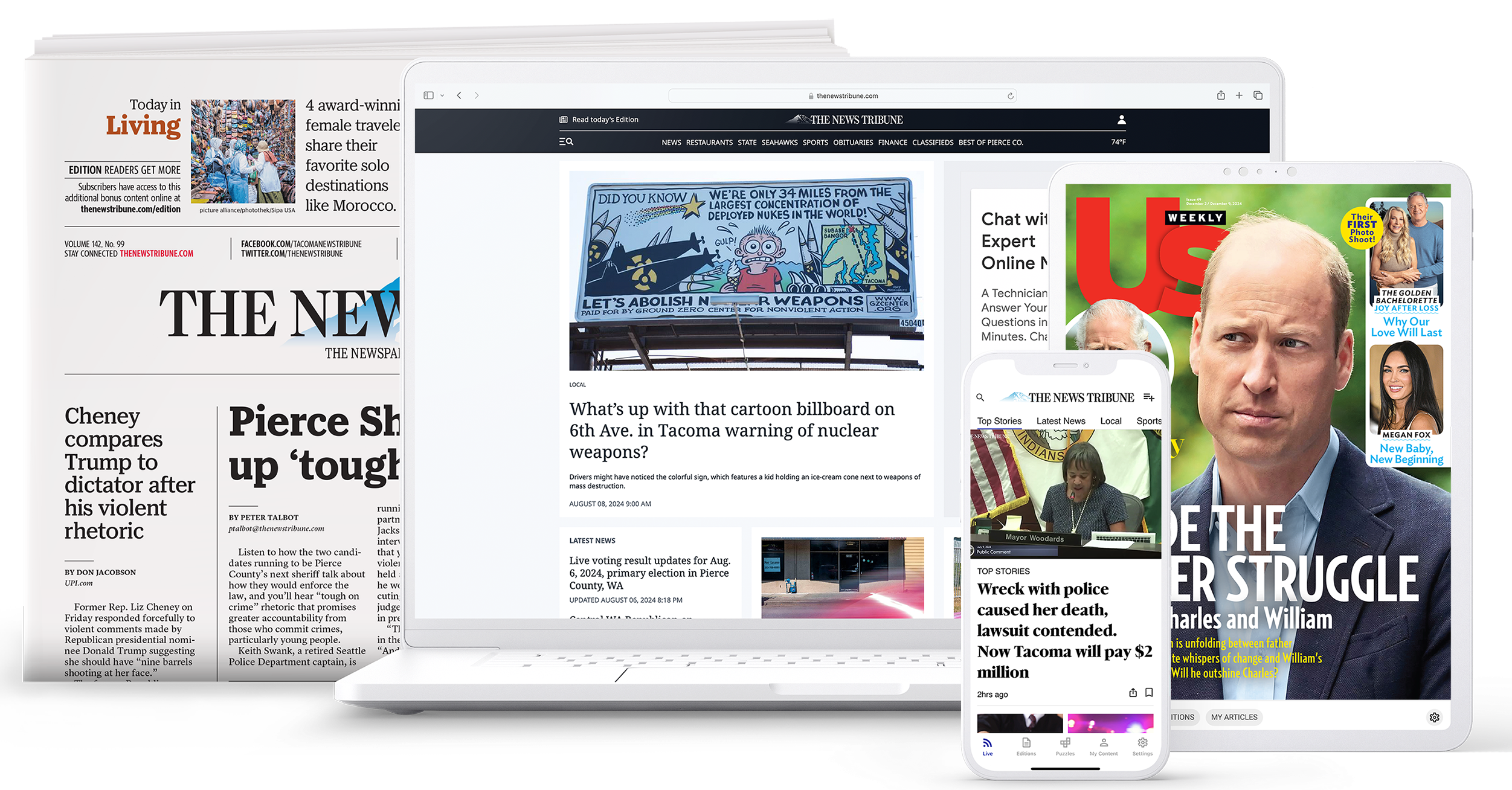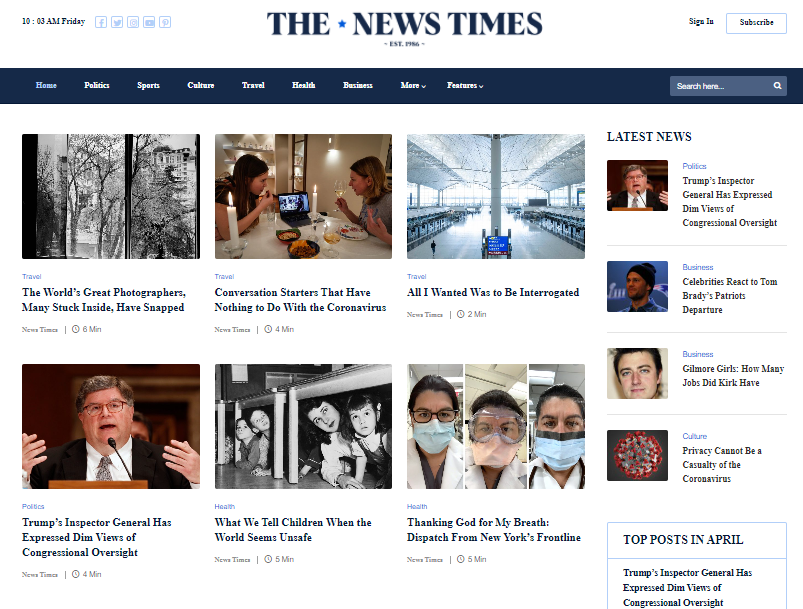The Effect of Social Media Site on the Way We Consume News Online
Social media has actually basically changed news usage. It offers instant access to details, usually overshadowing conventional media electrical outlets. Nonetheless, this fast circulation features difficulties. Individuals deal with the risk of experiencing misinformation and coming to be entraped in echo chambers. The algorithms driving individualized web content can obscure diverse viewpoints. As these dynamics progress, understanding their effects ends up being vital for informed involvement in public discussion. What methods might help browse this complicated landscape?
The Evolution of News Intake in the Digital Age
As innovation advanced, the method individuals eaten news changed significantly in the digital age (stnews.live). Typical newspapers and broadcast media started to decline as the net became a primary resource of information. On the internet systems supplied instantaneous access to newspaper article, videos, and podcasts, allowing individuals to remain informed at any kind of time. The benefit of mobile phones additionally accelerated this change, enabling individuals to obtain updates on the go
In addition, the increase of news collectors and websites promoted the consumption of diverse point of views, empowering users to tailor their news consumption based on personal rate of interests. This evolution likewise triggered wire service to adapt their methods, concentrating on digital web content and engaging readers via multimedia layouts. Therefore, the traditional barriers of time and room in news delivery decreased, leading to a more immediate and tailored news experience for target markets worldwide.
The Duty of Social Media Site Operatings Systems in News Distribution
Social network platforms have actually changed news circulation by providing instant access to details. Their algorithm-driven content curation usually prioritizes engagement over accuracy, bring about substantial reliability challenges (stnews.live). As users navigate this landscape, the implications for news intake and public discourse become significantly intricate
Instantaneous News Accessibility
Typical news electrical outlets have long been the key resource of info, the rise of social media platforms has substantially changed just how news is accessed and consumed. Instant news accessibility has actually become a hallmark of the digital age, making it possible for individuals to get updates in real time. Systems such as Twitter, Facebook, and Instagram allow news to spread out swiftly, usually exceeding standard media in speed and reach. Individuals can share tales, remark on events, and engage with journalists, producing a vibrant communication between the target market and news content. This immediacy cultivates a society of urgency, triggering individuals to inquire promptly. Consequently, the expectation for timely news has actually reshaped journalistic techniques, engaging news organizations to adjust their methods to satisfy the demands of a fast-paced digital setting.
Algorithm-Driven Material
While individuals proactively engage with material on social media, the algorithms that control these platforms play a crucial duty in determining which news stories gain visibility. These algorithms assess individual habits, choices, and engagement metrics to curate customized news feeds. Therefore, particular tales might be amplified while others stay unknown, frequently prioritizing astonishing or trending topics over substantive coverage. This discerning direct exposure shapes users' perceptions of existing events and influences public discourse. In addition, the reliance on algorithm-driven material can develop echo chambers, where users are primarily subjected to point of views that straighten with their very own ideas. The characteristics of news circulation on social media systems considerably impact just how individuals consume and analyze info in the digital age.
Reliability Challenges
As customers progressively turn to social media sites for news, the reputation of information encountered on these systems becomes a pressing concern. The decentralized nature of social media sites permits any individual to publish material, frequently obscuring the lines between trustworthy journalism and misinformation. Formulas prioritize interaction over accuracy, leading to the prevalent circulation of astonishing or deceptive tales. This environment postures considerable difficulties for users attempting to determine credible sources. Social network platforms, while venturing to combat false information via fact-checking and content moderation, run the gauntlet for variances and biases in their methods. Ultimately, the obligation exists with customers to critically assess the news they take in, as the quick spread of info often exceeds verification initiatives by systems.
The Surge of Citizen Journalism and User-Generated Content
The increase of resident journalism has encouraged everyday individuals to share news and perspectives, often providing understandings that standard media might overlook. This shift additionally presents significant difficulties, especially the spread of false information that can develop from unproven content. As user-generated content becomes more common, the equilibrium between authentic voices and accuracy in coverage stays a vital worry.
Encouraging Everyday Voices

Obstacles of Misinformation
While the rise of citizen journalism has opened opportunities for diverse voices in the media landscape, it has actually additionally introduced considerable difficulties connected to misinformation. The convenience of sharing info through social media systems allows individuals to distribute news quickly, however this fast spread often comes with the cost of precision. User-generated content often does not have the strenuous fact-checking and editorial oversight that typical journalism provides. Sensationalized or incorrect stories can get grip, misguiding target markets and shaping public understanding. In addition, the mixing of point of view and reality within social networks complicates the difference in between qualified details and misinformation. Because of this, customers need Related Site to browse a progressively complicated media environment, requiring critical assuming abilities to determine reputable news sources amidst the sound

False information and Its Effects for Public Discourse
As social media sites platforms significantly dominate the landscape of details dissemination, the spreading of false information positions substantial difficulties for public discussion. Misinformation, usually developed to misdirect or provoke psychological reactions, can distort perceptions of truth and threaten count on trustworthy resources. This sensation results in polarized point of views, as individuals move in the direction of echo chambers that strengthen their beliefs, better setting departments within culture.
The effects for public discussion are profound. When people depend on incorrect information, significant discussion reduces, and the democratic process endures. False information can provoke anxiety and confusion, impacting public health, safety, and political security. Therefore, promoting media literacy ends up being crucial, empowering people to seriously evaluate information and discern fact from fiction. Attending to the difficulties presented by misinformation is important for protecting the stability of public discourse and guaranteeing a knowledgeable population capable of involving in positive conversations.
The Impact of Formulas on News Visibility
Offered the main function of algorithms in establishing material exposure, their influence on news usage is profound. These formulas, made use of by social media sites systems, prioritize certain types of web content based upon individual engagement and preferences. Consequently, news short articles that align with popular fads or target market rate of interests are much more likely to be presented plainly, while less thrilling tales might be neglected. This creates a setting where users are revealed mostly to information that enhances their point of views, potentially bring about resemble chambers.
The consistent advancement of algorithms suggests that news organizations need to adjust their methods to line up with these transforming specifications, often focusing on clickbait or emotionally billed headlines. The integrity of news reporting review can be jeopardized, as critical stories might not get the visibility they should have. The algorithmic shaping of news visibility for that reason plays a crucial function in influencing public perception and understanding of present occasions.
The Change Towards Aesthetic Narration in News Media
Increasingly, news media is embracing visual narration as an effective device to engage target markets. This strategy leverages photos, videos, infographics, and interactive elements to convey information better than traditional text-based formats. As attention spans shorten, visuals provide a quick, impactful way to communicate intricate tales and order customers' passion.
Systems like Instagram and TikTok have more accelerated this trend, compelling news companies to adapt their material strategies to fit these visually-driven environments. By including compelling visuals, news outlets can enhance emotional links and foster better understanding of topical problems.
Additionally, aesthetic storytelling enables even more varied stories, showcasing several perspectives through vibrant discussions. As target markets increasingly take in news with mobile phones, the shift towards visuals not just provides to customer preferences yet also assists to break down obstacles to information access. Inevitably, this evolution mirrors a wider change in how news is generated and eaten in the digital age.
Future Fads: Navigating the Transforming Landscape of News Usage
While the digital landscape remains to develop, news consumption is positioned for significant makeover driven by emerging modern technologies and altering audience habits. As expert system and device understanding advance, individualized news feeds will end up being more common, enabling customers to receive content customized to their rate of interests. This modification could cause better engagement however additionally elevate problems regarding resemble chambers and false information.
Furthermore, the surge of voice-activated devices and wise audio speakers will certainly influence how news is supplied, shifting the focus from visual to visit our website auditory layouts. This fad might encourage wire service to embrace even more concise and engaging audio material.

Often Asked Questions
Exactly How Do Social Media Site Communications Affect News Trustworthiness?
Social media site interactions can substantially influence assumptions of news reputation. Interaction metrics, such as likes and shares, usually shape audience depend on, with preferred blog posts getting viewed authenticity, despite the precision or dependability of the information offered.
What Function Do Influencers Play in Shaping News Narratives?
Influencers greatly form news narratives by leveraging their systems to enhance particular tales, frequently customizing material to their target market. This can lead to biased point of views, impacting public perception and prioritizing sensationalism over accurate reporting.
Exactly How Can Users Identify Reliable News Sources on Social Network?
Users can determine dependable news resources on social networks by checking the source's credibility, confirming realities with numerous outlets, examining the expertise of the material, and identifying potential predispositions in reporting to assure accurate information.
What Effect Does Social Media Site Carry Standard Journalism Jobs?
Social media site significantly impacts typical journalism jobs by altering profits versions, reducing need for print media, and fostering competition from resident reporters. Numerous experts deal with task instability and need to adjust to swiftly transforming media landscapes.
Just How Do Various Demographics Consume News on Social Media Site?
Various demographics exhibit varied preferences for news usage on social networks. More youthful audiences favor platforms like TikTok and Instagram for quick updates, while older individuals often tend to favor Twitter and facebook for extra comprehensive conversations and posts.